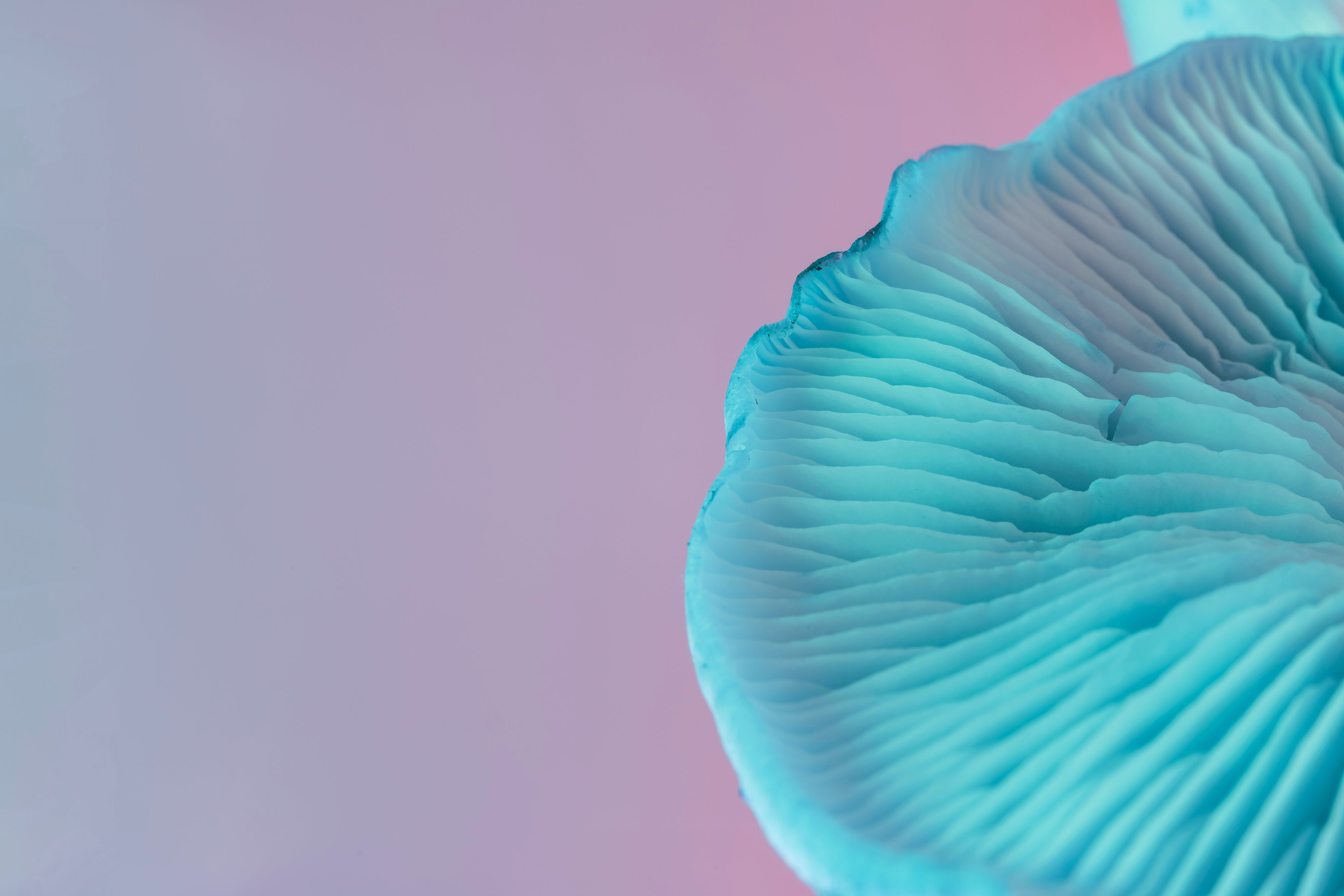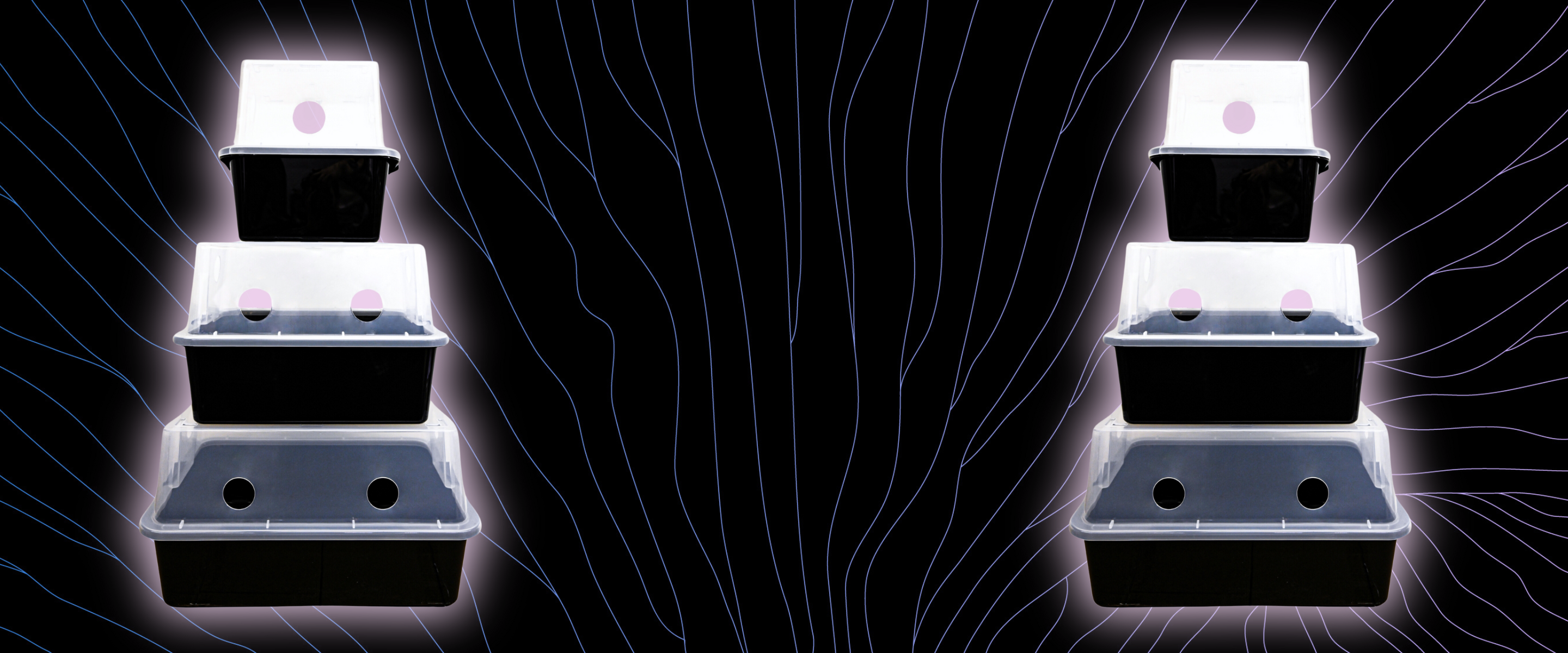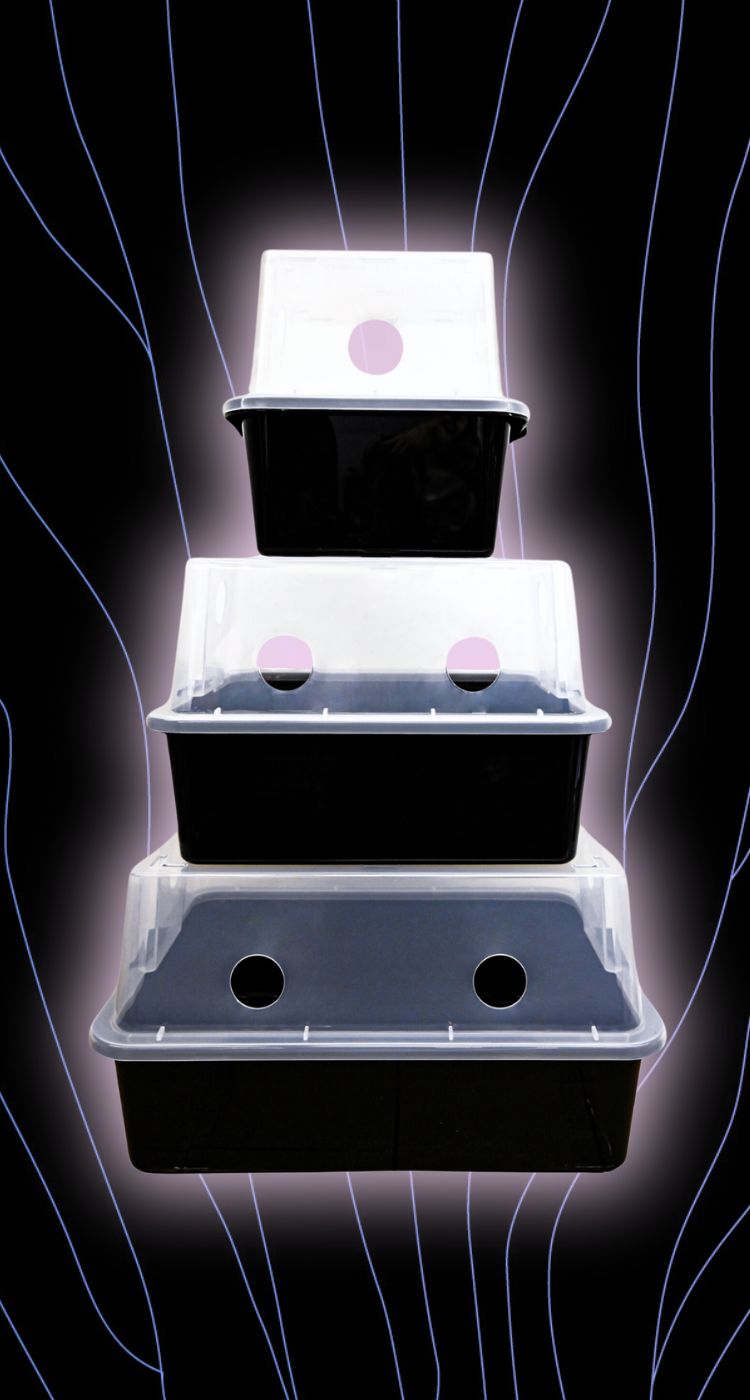Collections
Design driven.
Fungi focused.


Frequently Asked Questions
If you encounter any issues with our tools, please don't hesitate to reach out to us at info@microppose.com. We're here to help you troubleshoot any problems, and we offer a 30-day money-back guarantee on all products except grain and substrate. Simply cover the return shipping, and we'll process your refund promptly. If your item is defective, we'll replace it at no extra cost to you.
Give oyster mushrooms a try—they're pretty forgiving and grow well in that setup. Another good option is shiitake mushrooms, which are also popular among home growers using monotubs. If you're feeling adventurous, you might even want to try your hand at growing some lion's mane mushrooms….or something a little more magical. They all thrive in the controlled, humid environment a monotub provides.
Typically, it takes about a month from start to finish. You'll start seeing the first signs of growth, called "pinning," about two weeks after you set up your tub, depending on the mushroom type. Then, it usually takes another week or two for the mushrooms to fully develop and be ready to harvest. It's a bit of a wait, but watching them pop up and grow is super rewarding!
You can set up a monotub to grow mushrooms just about anywhere in your home where you can control the environment a bit—like maintaining darkness and humidity. Common spots include a basement, spare room, closet, or even under a table where it’s out of direct sunlight. Just make sure the spot you choose stays relatively cool and doesn’t have too much airflow to dry out the tub. With a little bit of setup, you can create the perfect little mushroom-growing nook!
Growing mushrooms around pets is generally safe, especially if you’re using a contained setup like a monotub. The key is to ensure your pets can't access the growing area to avoid any curious nibbling on your mushroom project or accidental disruption. Some mushrooms can be toxic if ingested, so it’s best to play it safe and keep the growing space out of reach. Additionally, maintaining a clean growing environment will help prevent any spores from affecting your pets’ health. Just a little precaution goes a long way!
Yes, light does impact mushroom growth, but not as much as you might think! Mushrooms don't use light for energy like plants do, so they don't need a lot of it. However, light does play a role in signaling to the mushrooms when and where to grow. A small amount of indirect light can help guide the mushrooms to grow in the right direction—usually up and out of the substrate. But too much direct light can dry out the growing area or heat it up too much, which isn't ideal. A little bit of ambient light or a few hours of indirect sunlight a day is usually just right for most types of mushrooms.







